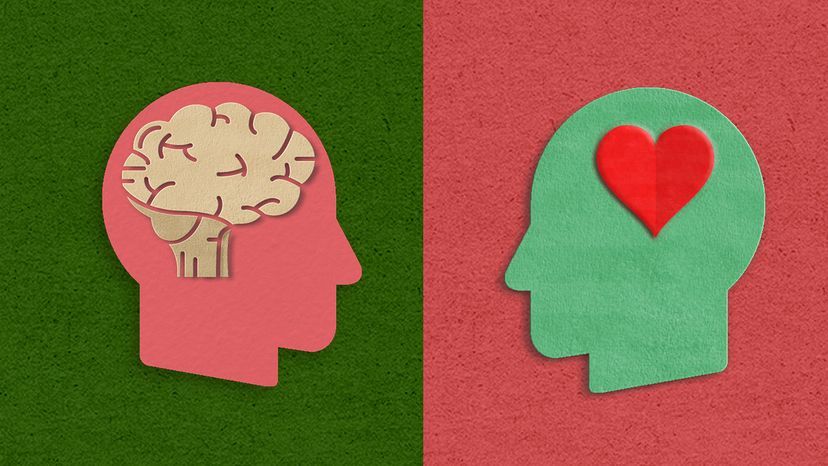Your brain is made up of many different parts that all work together to process the information it receives. The main part of the brain responsible for processing emotions, the limbic system, is sometimes called the "emotional brain."
The Amygdala and Fear Response
Part of the limbic system, called the amygdala, assesses the emotional value of stimuli. The amygdala is the main part of the brain associated with fear reactions — including the "fight or flight" response. A person who has a seizure in the temporal lobe (the location of the amygdala) sometimes reports an intense feeling of fear or danger.
The Dopamine Center
The part of the brain stretching from the ventral tegmental area in the middle of the brain to the nucleus accumbens at the front of the brain has a huge concentration of dopamine receptors that make you feel pleasure.
The Hypothalamus and Emotional Regulation
The hypothalamus is in charge of regulating how you respond to emotions. When excitement or fear causes your heart to beat faster, your blood pressure to rise and your breathing to quicken, it's the hypothalamus doing its job.
The Hippocampus and Memory
The hippocampus turns your short-term memory into long-term memory and also helps you retrieve stored memory [source: BBC]. Your memories inform how you respond to the world around you, including what your emotional responses are.
Because different parts of the brain process different emotions in different ways, injury to any part of the brain can potentially change your moods and emotions.
The Limbic System: Afraid of Everything?
The limbic system was one of the first areas in the human brain to develop. Even though the brain has since evolved to have more complex functions, the function of the limbic system itself is still fairly primitive. Its responses to stimuli are still simple and generalized.
Because the limbic system regulates the emotions, your emotional responses are also often simple and generalized.
For example, even though other parts of your brain can reason that only certain snakes are dangerous, the limbic system can't differentiate among snakes, so you might respond with fear when you see any snake, whether or not it's dangerous.

